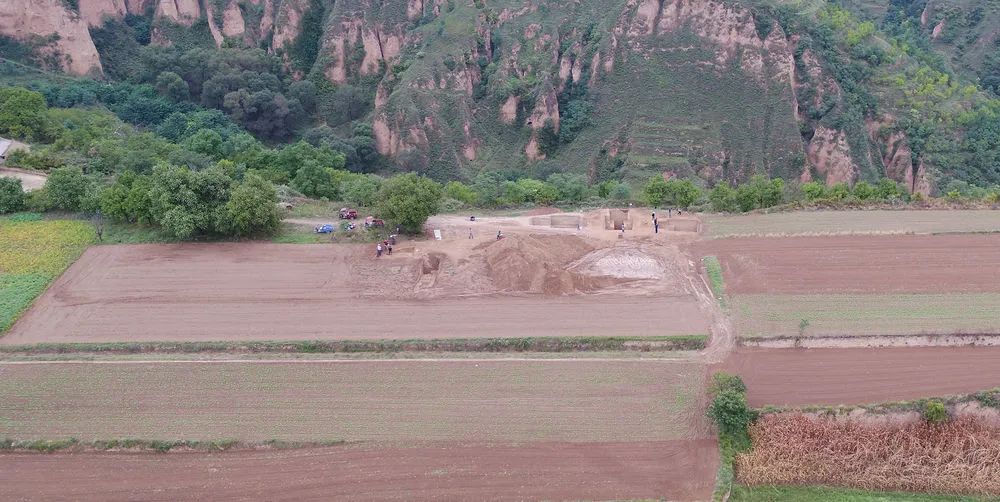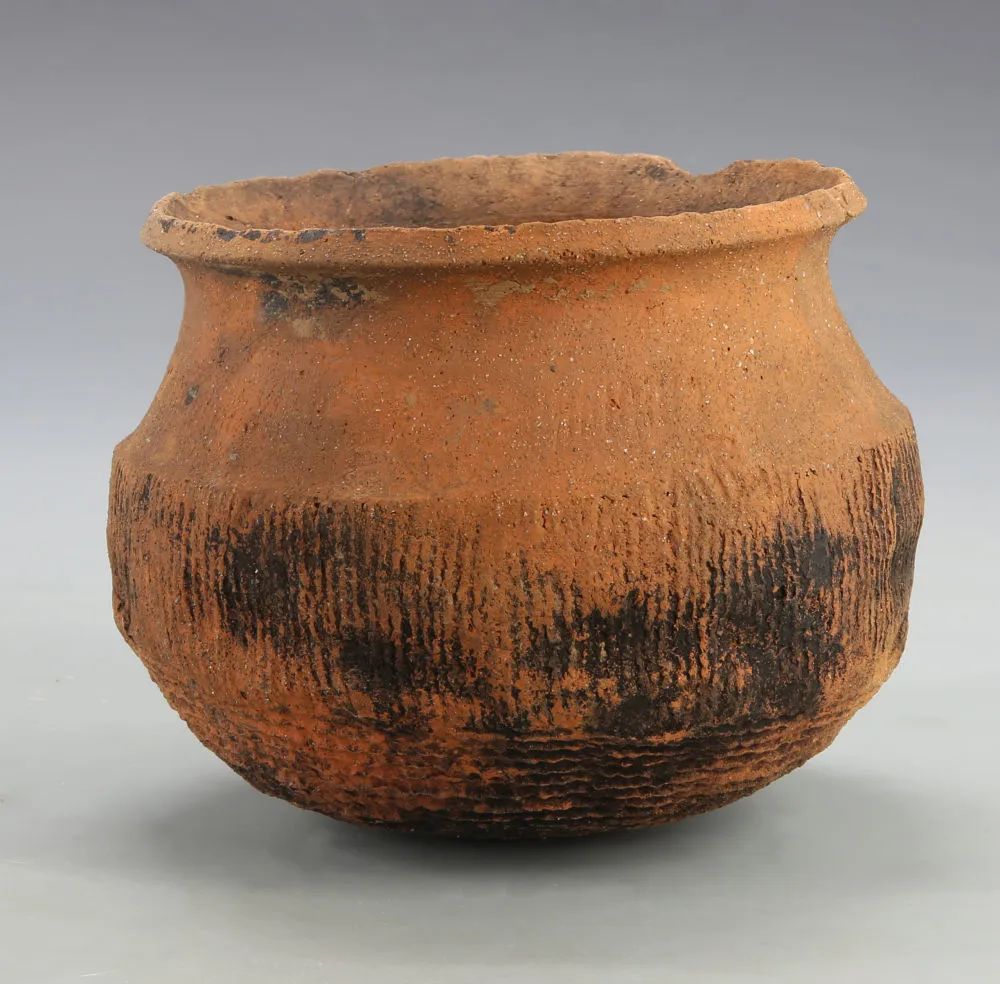The new discoveries of Shijia and Yucun site provides empirical evidence for the integration of Qin Rong's national culture
Author:Banyue talk about new media Time:2022.08.12
The reporter learned from the Gansu Provincial Institute of Cultural Relics and Archeology that the Shijia and the Risan Village site found the first seasons of the Warring States Period and the Qin and Han dynasties, which have been excavated by 25 of them. Existing archeological evidence shows that the tomb family is closely related to Yiqu Rong and provides empirical evidence for the integration of Qin Rong's national culture.
The Shijia and Mun Village site in Ning County, Gansu Province, is a large -scale multi -level settlement in a two -week period. In 2016, the first archeological excavation was carried out. A large city site was found in the village site, which constitutes the relationship between "residence" and "burial" with many high -grade aristocratic tombs found in Shijia Cemetery.

The picture shows the excavation site of the Warring States Period and the Qin and Han dynasties of the Shi family and the village ruins.
In 2021, when archaeologists conducted large -scale archeological explorations on the relevant areas of Shijia and Yucun's site, they found an independent cemetery on the north side of Guyugou and the west side of the Nangou on the village. Three sections of the morning, middle and evening, are the late Warring States Period, after the unity of Qin, and the early Western Han Dynasty.
"The cemetery presents the characteristics of Xirong's cultural characteristics. It is initially judged that its ethnic group should be closely related to Yiqu Rong, which is recorded in the literature." Said Wang Yongan, an associate researcher at the Archaeological excavation leader of the Shijia and Mun Village sites, and an associate researcher at the Gansu Provincial Institute of Cultural Relics and Archeology.
Wang Yongan introduced that the nomadic branch Yicu Rong has appeared in the Shang Dynasty. The main activity is in Qingyang, Gansu, and resisted with Qin. In 272 BC, the Queen Mother Xuan killed Yicu Rong in Ganquan, and Yicu Rong had never been from historical books. "New discovery of tomb materials provides evidence for exploring the history of Yicu Rong's cultural development."
Wang Yongan said that through comparison, the tomb of the cemetery has not changed its essence in the early, middle and late tombs, and the shape of the tomb. Qin cultural characteristics represented by kettle, pelvis, and cans.

This is the pottery kettle unearthed in the Shijia and Yucun ruins.
"This change process has vividly reproduced the process of integrating the Yicu Rong culture and Qin culture since Qin's establishment of the North County, which provides more historical materials for witnessing the formation and development of the multi -in -one pattern of Chinese civilization." Wang Yongan said.
Source: Xinhua News Agency
Reporter: Hewen Shijia and the Archaeological excavation team of Shijia and Yucun Site
Responsible editor: Qin Daixin
School pair: Guo Yanhui Meng Yahe (intern)
- END -
Let the world see the "she" power of the Silk Road

From August 13th to 15th, representatives of the Silk Road on the Fingertips -2022...
Culture "two innovations" look at Shandong | "Two Innovations" to work on "real"
In the case of interviewing in Han Ting District, Weifang City, Shandong Province, the deepest thing is that the cultural two innovations here are not staying in the appearance, but writing on the w